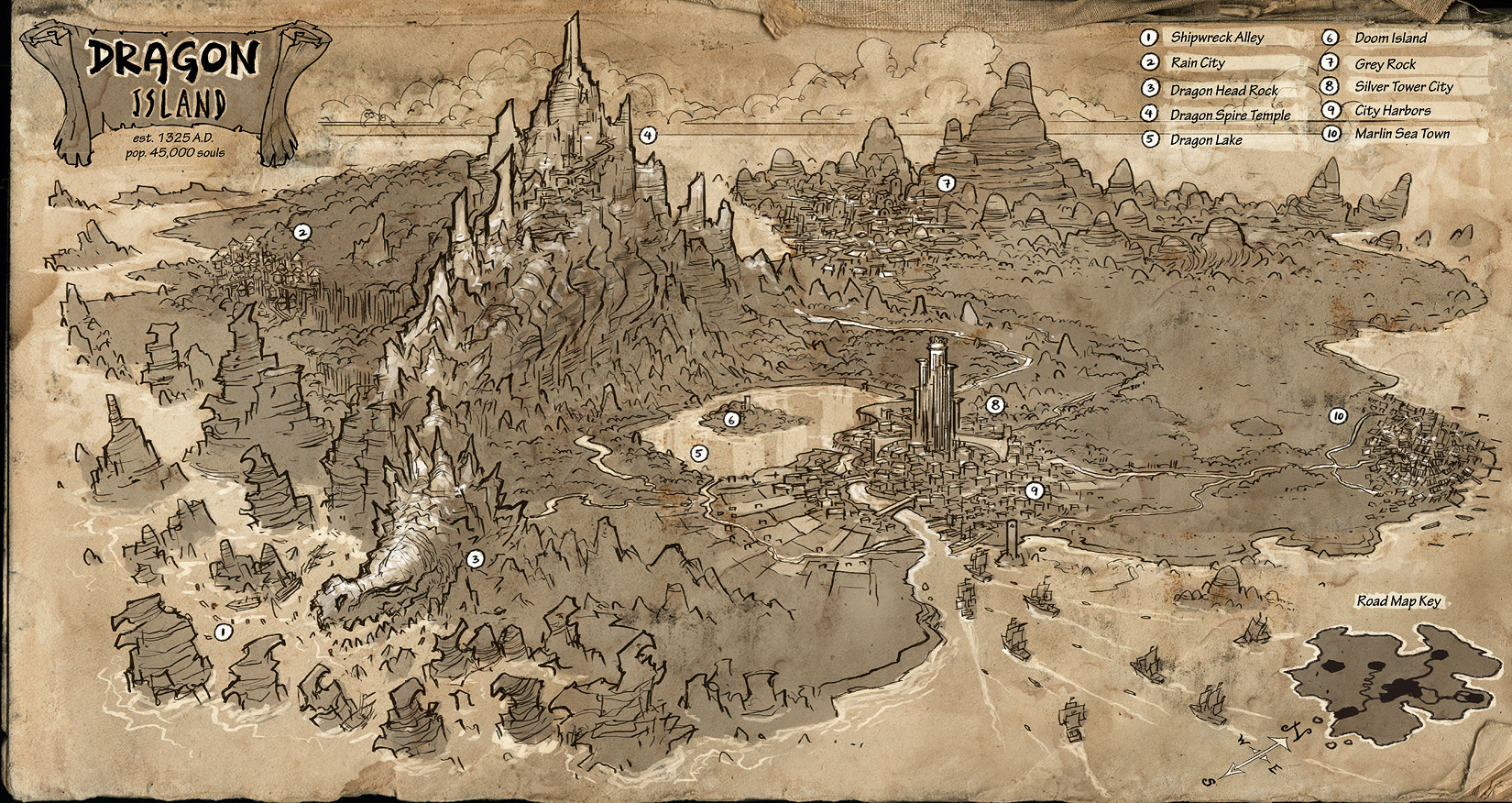

"Dragon's blood: Botany, chemistry and therapeutic uses". Almeida (Dracaenaceae) from the Cape Verde Islands". "A new subspecies, Dracaena draco (L.) L. Botanical Journal of the Linnean Society. "A subfamilial classification for the expanded asparagalean families Amaryllidaceae, Asparagaceae, and Xanthorrhoeaceae". ^ " Dracaena draco (L.) L." University of Madeira.Systema Naturae: Per Regna Tria Natura, Secundum Classes, Ordines, Genera, Species, Cum Characteribus, Differentiis, Synonymis, Locis (Ed. : CS1 maint: multiple names: authors list ( link) | Plants of the World Online | Kew Science". ^ " Dracaena draco", World Checklist of Selected Plant Families, Royal Botanic Gardens, Kew, retrieved.The Museum of Wine on Pico Island, Azores, has one of the largest concentrations of this species in Macaronesia, some being more than 100 years old. In 2017, the city of Angra do Heroísmo ( Terceira Island) planted a grove of 200 dragon trees. It has gained the Royal Horticultural Society's Award of Garden Merit. Cultivation ĭracaena draco is cultivated and widely available as an ornamental tree for parks, gardens, and drought tolerant water conserving sustainable landscape projects.

It was 70 feet (21 m) tall and 45 feet (14 m) in circumference, and was estimated to be 6000 years old. Humboldt saw it at the time of his visit. The Guanches worshiped a specimen in Tenerife, and hollowed its trunk into a small sanctuary. Dragon's blood from Dracaena draco and Dracaena cinnabari can be distinguished by differences in 10 compounds and a dominant flavonoid DrC11 missing in Dracaena draco. These tissues include ground parenchyma cells and cortex cells. The primary and secondary plant body are the site of the secretory plant tissues that form dragon's blood. Dragon's blood has a number of traditional medical uses, although dragon's blood obtained from Dracaena draco was not known until the 15th century, and analyses suggest that most dragon's blood used in art was obtained from species of the genus Daemonorops.

Red resins from this tree contain many mono- and dimeric flavans that contribute to the red color of the resins. When the bark or leaves are cut they secrete a reddish resin, one of several sources of substances known as dragon's blood. & R.S.Almeida: Endemic to the Cape Verde islands ajgal Benabid & Cuzin: Endemic to Morocco draco: Endemic to Madeira and Canary Islands There is a forest of such trees at Las Tricias, Garafia district, La Palma. The form endemic to La Palma initially branches very low with numerous, nearly vertical branches arranged fastigiately. The form found on Gran Canaria is now treated as a separate species, Dracaena tamaranae, based on differences in flower structure. There is considerable genetic variation within the Canary Island dragon trees. ĭespite being a monocotyledon, it still has annual or growth rings. It grows slowly, requiring about 10 years to reach 1.2 metres (4 ft) in height, but can grow much faster. Each branch grows for about 10–15 years and re-branches, so a mature plant has an umbrella-like habit.

Soon a crown of terminal buds appears and the plant starts branching. At about 10–15 years of age the stem stops growing and produces a flower spike with white, lily-like perfumed flowers, followed by coral berries. The "dragon tree" is a Monocot, with a branching growth pattern currently placed in the asparagus family ( Asparagaceae, subfamily Nolinoidae). ajgal in the village Agadir Ougjgal near Tiznit, Moroccoĭracaena draco is an evergreen long lived tree with up to 15 m (49 ft) or more in height and a trunk 5 m (16 ft) or more in circumference, starting with a smooth bark that evolves to a more rough texture as it ages.


 0 kommentar(er)
0 kommentar(er)
